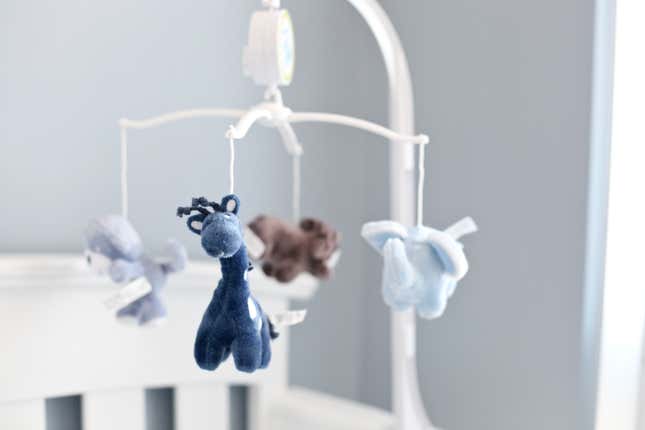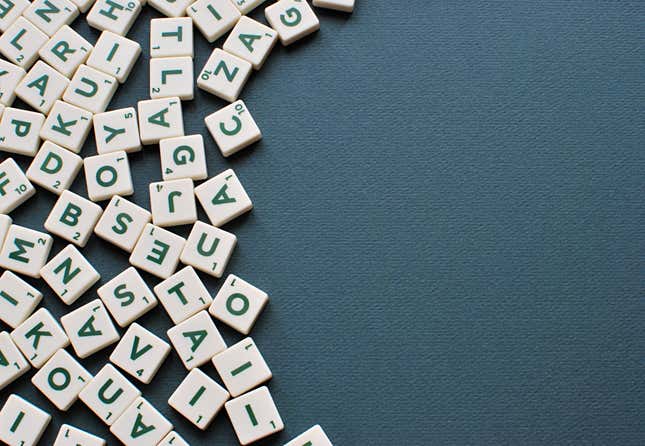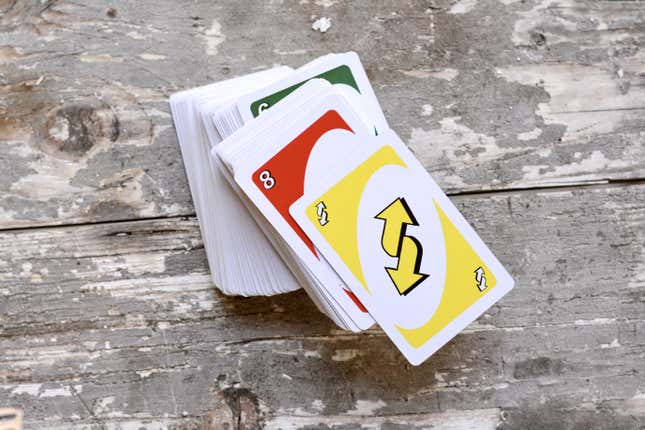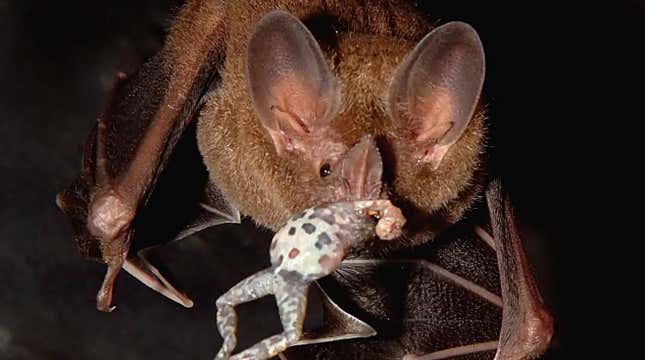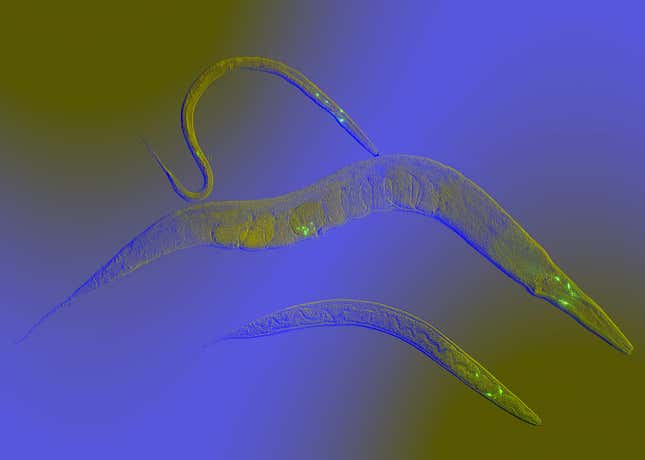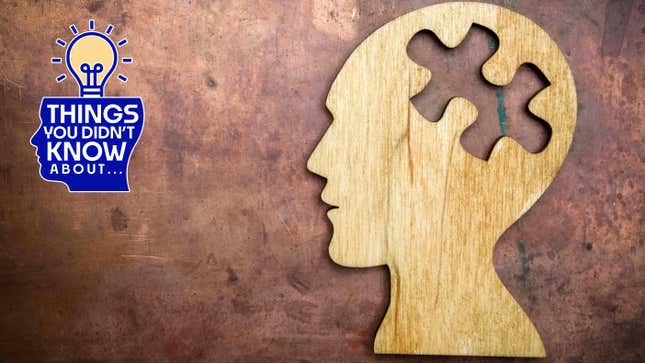
The ability to remember the past—to learn from our mistakes—is perhaps one of humanity’s greatest survival advantages. But as crucial as memory is to our daily lives, it’s far from perfect.
Over the years, plenty of scientific research has demonstrated how fallible our memories truly are. While we’re generally good at recalling the gist of an event, for instance, we constantly forget the small details, and sometimes even conjure up new ones to fill the gaps. Our growing knowledge of memory’s foibles has not only changed our understanding of biology and psychology, it’s changed how potential crimes and other eyewitness events are investigated and verified.
Here are some things about memory in both humans and other animals that you might have not known—or just forgot about.
